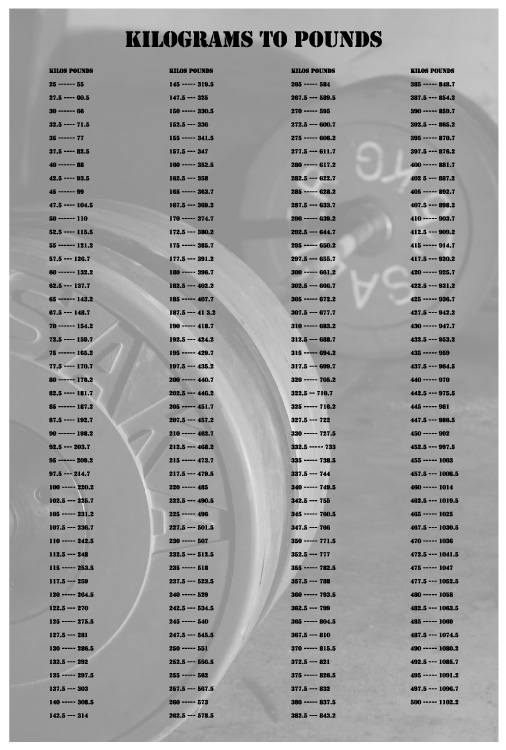

fl., old forms ℥, fl ℥, f℥, ƒ ℥), but instead of measuring mass, it is a unit of volume. The troy ounce, nowadays, is used only for measuring the mass of precious metals like gold, silver, platinum, and, palladium.Īnother unit is the fluid ounce (abbreviated fl oz, fl.

So if we are asked to convert pound to pound-force we just have to multiply pound value with 0.10197162164763. There is another unit called ounce: the troy ounce of about 31.1 g (grams). There are 0.10197162164763 pound-force in a pound ie. The avoirdupois ounce is used in the US customary and British imperial systems. Grams to Pounds formula lb g 0.0022046 Pounds The pound is a measurement of mass used in the imperial system, and is accepted on a day-to-day basis as a unit of weight (the gravitational force acting on any given object). One avoirdupois ounce is equal to approximately 28.3 g (grams). Definition of avoirdupois ounce and the differences to other units also called ounce One pound, the international avoirdupois pound, is legally defined as exactly 0.45359237 kilograms. One gram is also exactly equal to 0.0352739619495804 ounce 0r approximately 0.035 oz. This prototype is a platinum-iridium international prototype kept at the International Bureau of Weights and Measures. It is equal to the mass of the international prototype of the kilogram. This is a unique converter that allows you convert milligrams to. Ton (metric) to Pound Conversion Table Ton (metric) ġ5 t = 15 × 2204.6226218488 lbs = 33069.The kilogram (kg) is the SI unit of mass. Grams to Milliliters, Kilograms to Liters, Pounds to Gallons: Weight to Volume Conversion. The UK also often uses both pounds and stones when describing body weight, where a stone is comprised of 14 pounds. Many versions of the pound existed in the past in the United Kingdom (UK), and although the UK largely uses the International System of Units, pounds are still used within certain contexts, such as labelling of packaged foods (by law the metric values must also be displayed). This convenience could be the reason that the system was more popular than other systems of the time that used 10, 12, or 15 subdivisions.Ĭurrent use: The pound as a unit of weight is widely used in the United States, often for measuring body weight. This prototype weight could be divided into 16 ounces, a number that had three even divisors (8, 4, 2). It is a system that was based on a physical standardized pound that used a prototype weight. It was updated to its current form in 1959.

The avoirdupois system is a system that was commonly used in the 13 th century. History/origin: The pound descended from the Roman libra, and numerous different definitions of the pound were used throughout history prior to the international avoirdupois pound that is widely used today. The avoirdupois pound is equivalent to 16 avoirdupois ounces. The international avoirdupois pound (the common pound used today) is defined as exactly 0.45359237 kilograms. Poundĭefinition: A pound (symbol: lb) is a unit of mass used in the imperial and US customary systems of measurement. Although both the UK, the US, and some other countries still use other definitions of the ton, the tonne is the legally designated form of the ton for use in trade. Although various definitions of the ton are still used in certain countries, the metric ton, or tonne, is the preferred definition of the ton.Ĭurrent use: The long ton is used in the United Kingdom along with other countries that still use the imperial system, the short ton is used mainly in the United States, and the tonne is used worldwide. History/origin: The term "ton" is derived from the "tun," a term that was applied to a large cask that could contain between 175 to 213 imperial gallons, could weigh around 2,000 pounds, and could occupy approximately 60 cubic feet, or 1.7 m 3 of space. The tonne, defined in the International System of Units (SI) and also known as the metric ton is defined as 2,204.623 pounds, or 1,000 kilograms. In the United Kingdom, the ton, sometimes referred to as the long ton, is defined as 2,240 avoirdupois pounds, or 1,016 kg. In the United States and Canada, the ton, also known as the short ton, is defined as 2,000 pounds, or 908 kilograms. Definition: A ton is a unit of weight and mass.


 0 kommentar(er)
0 kommentar(er)
